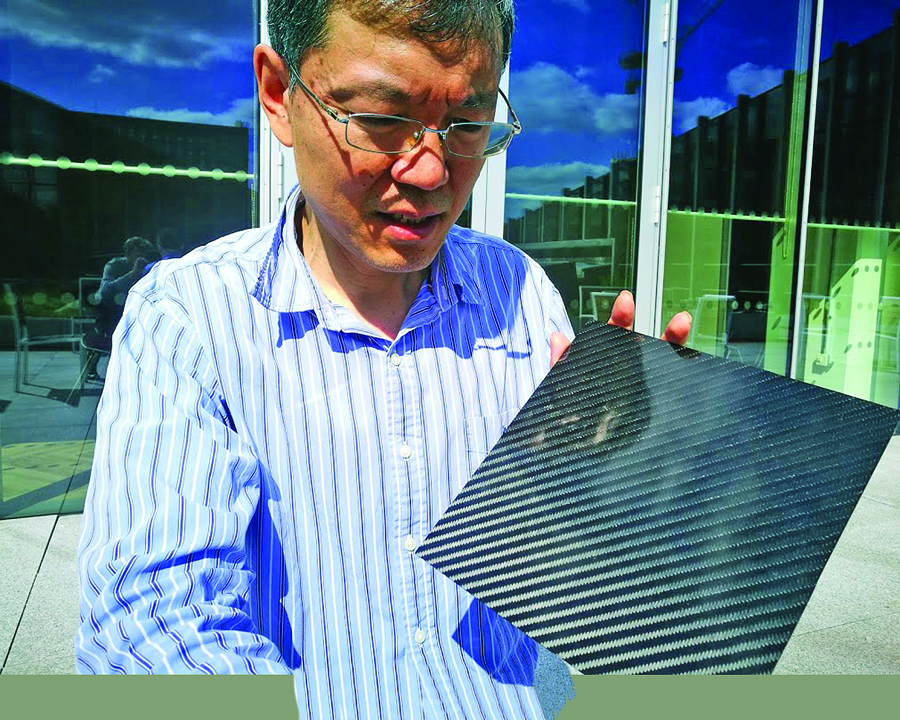Graphene moves from hype to reality


Bridging the valley
Baker said that for graphenebased products to move from concept to commercialization, they must overcome the "valley of death" problem.
Governments and universities will back initial research, and the private sector will invest in a product that can be replicated at scale. But there is a gap between those two development phases in which innovation is starved of funding.
To bridge this gap, the University of Manchester and the UK government have invested 60 million pounds ($78 million) into the Graphene Engineering and Innovation Center, otherwise known as GEIC (pronounced "geek"). The cavernous facility will switch on its machines later this year. It will allow companies to use the equipment to replicate prototypes by the dozen, proving to investors that inventions are scalable.
"Companies from China and elsewhere can come here with an idea for a product and develop it," said Baker. "It's a make-or-break space for some of the ideas we've come up with around graphene. If we do that successfully, we will increase the pace of graphene products into the commercial sphere."
And those Chinese companies have the support of a government that has doubled down on advanced materials.
























